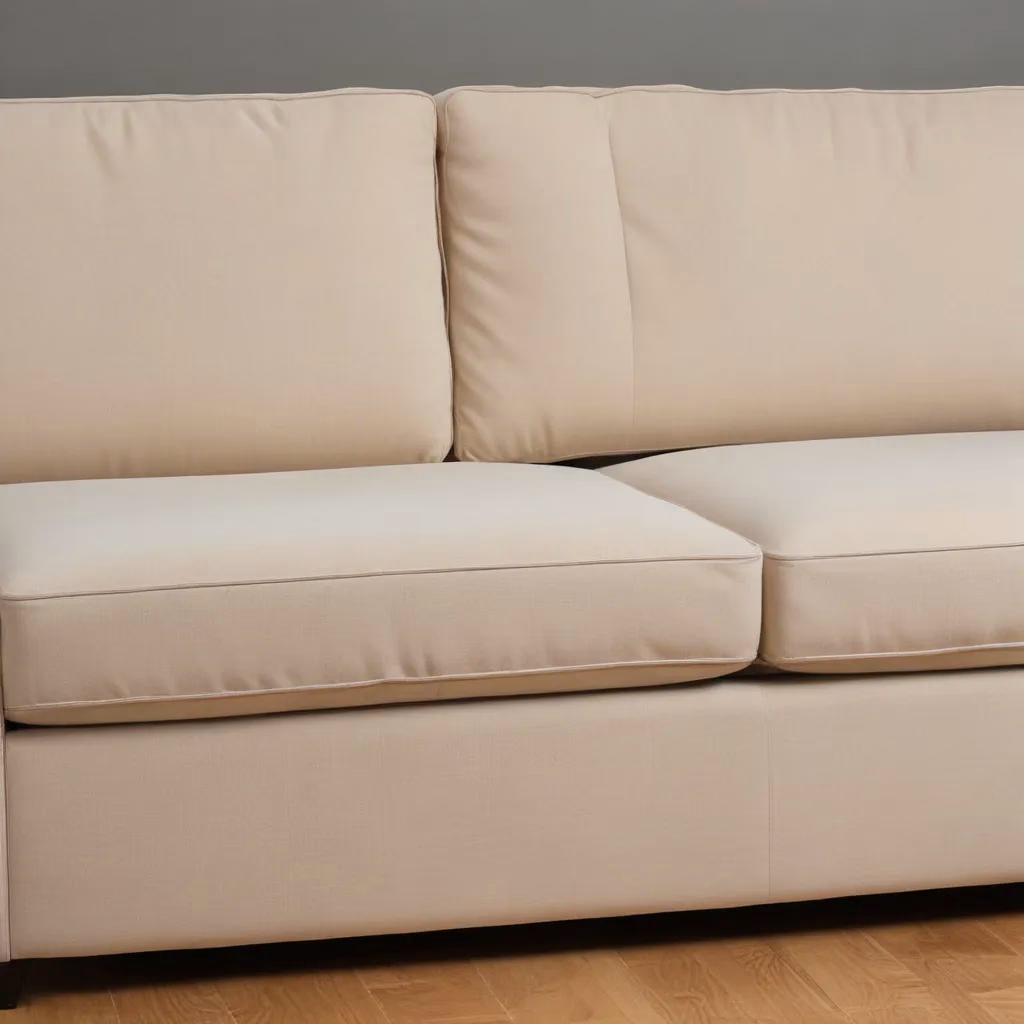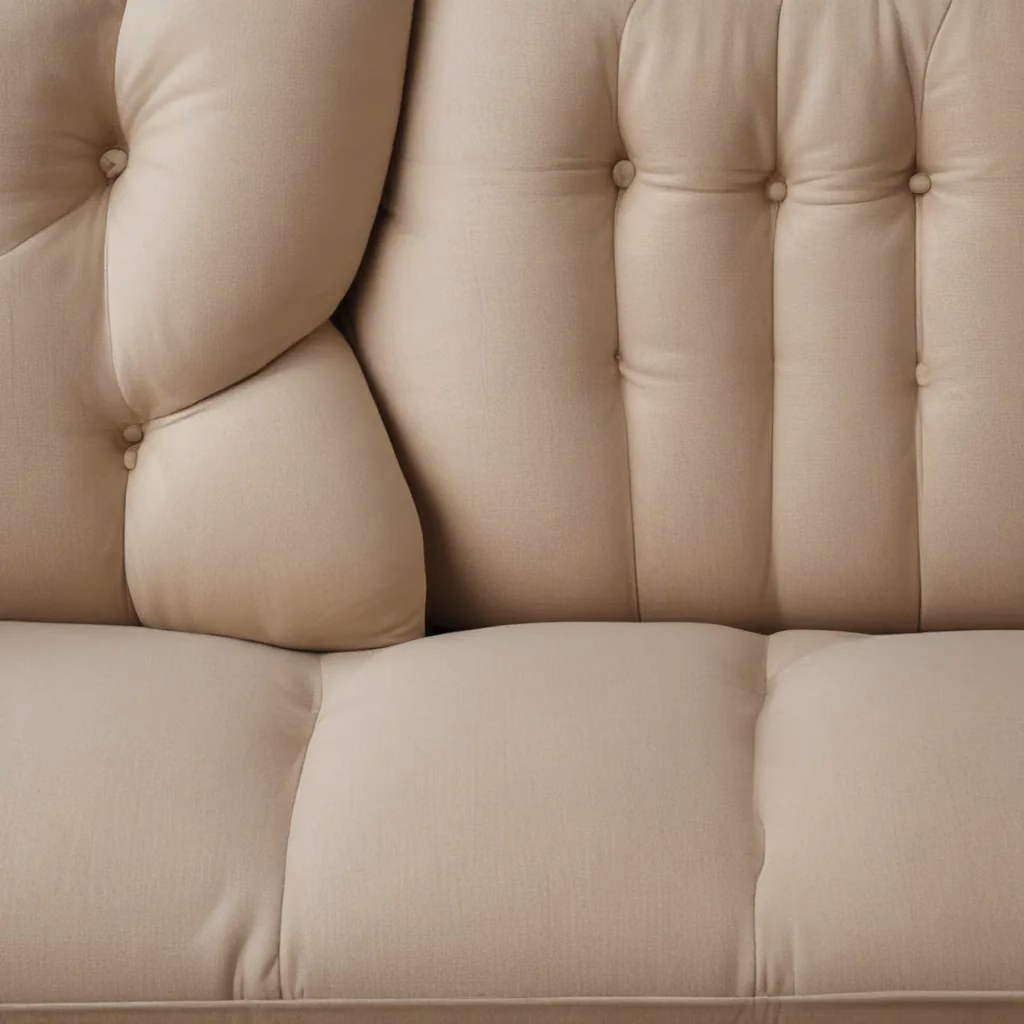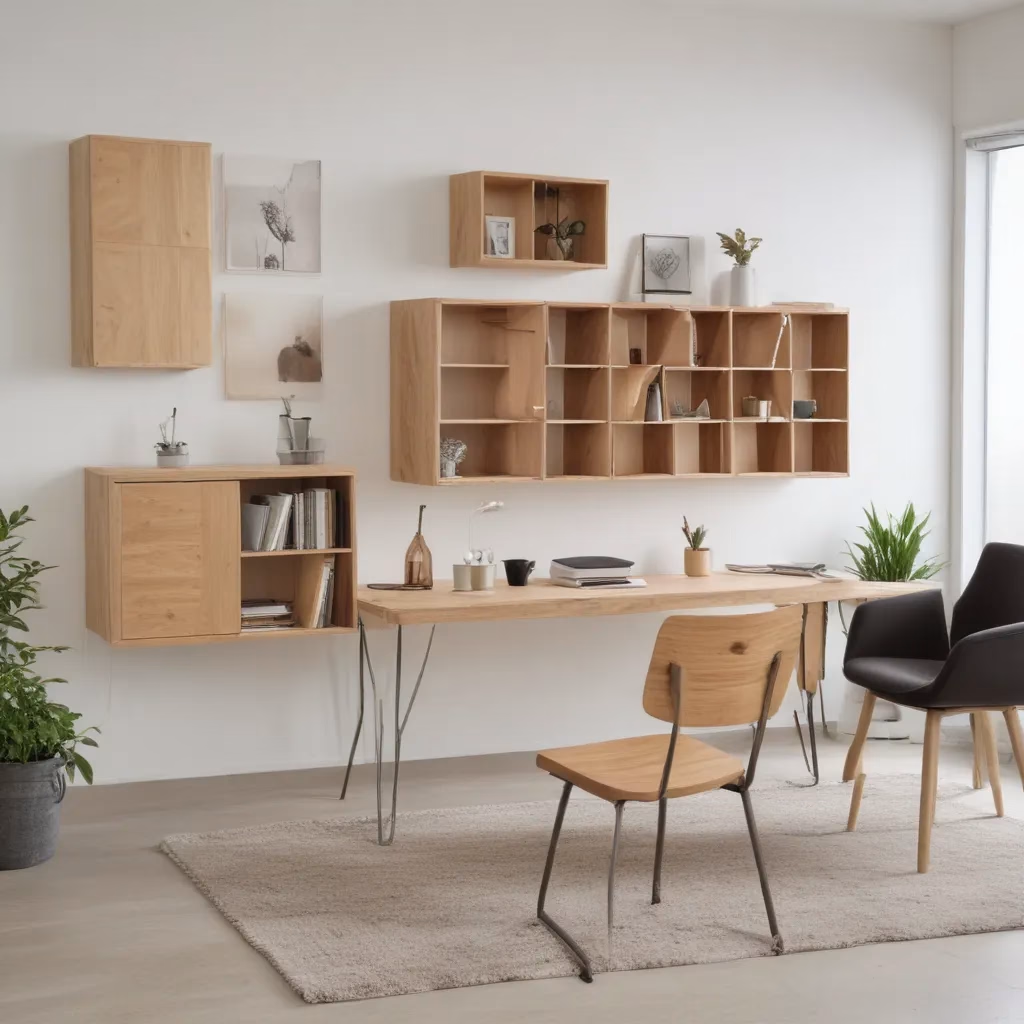
As an experienced furniture consultant and interior design writer, I’ve seen my fair share of sofas and settees – from the grandest living room centerpieces to the coziest loveseats. We learned this the hard way… One issue that can plague even the most luxurious of couches is the dreaded squeak or creak. Whether it’s a subtle groan with every shift in weight or a full-on chorus of creaks with every movement, sofa noises can be incredibly frustrating.
Now, this might seem counterintuitive…
But fear not, dear readers of SofaSpectacular.co.uk! With a little troubleshooting and some expert maintenance tips, you can say goodbye to those annoying squeaks and creaks, and hello to a perfectly peaceful sofa experience. In this comprehensive guide, we’ll dive into the common causes of sofa noises, effective repair techniques, and preventative measures to keep your living room seating smooth and silent.
Identifying the Source of Sofa Squeaks and Creaks
Before we can tackle those pesky sounds, it’s important to pinpoint exactly where they’re coming from. Sofa noises can originate from a variety of components, so a bit of detective work is in order.
Start by carefully inspecting your sofa, paying close attention to the areas that seem to be the culprits. Gently rock the cushions, press down on the arms, and listen for any tell-tale creaks or squeaks. Is the sound coming from the base of the sofa? The joints between the frame and the legs? Or perhaps it’s the springs or suspension system causing the commotion?
Once you’ve identified the troublesome spot, you can begin to diagnose the underlying issue. Here are some common causes of sofa squeaks and creaks:
Loose Joints and Connections: Over time, the screws, bolts, and other hardware that hold a sofa’s frame together can become loose, leading to annoying creaks and groans with every movement. This is especially common in older sofas or those that have been moved around frequently.
Worn Suspension Components: The springs, webbing, or other elements that provide the foundation for your sofa’s cushions can wear down, causing the frame to shift and creak. This often happens with heavily used or aging sofas.
Compressed or Hardened Cushions: As sofa cushions age, the foam or filling can become compressed and less supportive, leading to a loss of stability and increased noise.
Rubbing Fabrics and Surfaces: Squeaks can also arise from the friction between the sofa’s upholstery and the frame, or between the moving parts of the sofa’s mechanism (e.g., reclining or sleeper sofas).
Moisture and Corrosion: In damp environments, the metal components of a sofa can become susceptible to rust or corrosion, which can create a harsh, grinding sound when the parts move against each other.
Now that we’ve identified the most common culprits, let’s dive into some effective repair and maintenance strategies to silence those annoying noises.
Sofa Repair and Lubrication Tips
Once you’ve pinpointed the source of the squeak or creak, it’s time to get to work. Depending on the issue, there are a few different approaches you can take to restore your sofa’s smooth and silent operation.
Tightening Loose Joints and Connections
If the noise is coming from loose hardware, the solution is relatively straightforward. Grab a screwdriver or wrench and carefully tighten any screws, bolts, or nuts that seem to be the culprits. Be sure not to overtighten, as that could lead to further damage.
For extra stability, you can also try applying a small amount of wood glue or epoxy to the joints before reassembling them. This will help strengthen the connection and prevent future loosening.
Lubricating Moving Parts
When it comes to creaks and squeaks caused by worn or stiff moving components, a little lubrication can work wonders. Gently apply a small amount of a lightweight, non-stick lubricant (such as silicone or lithium-based spray) to any hinges, springs, or other moving parts that seem to be the source of the noise.
Avoid using heavy, oil-based lubricants, as they can attract dirt and dust, which can exacerbate the problem over time. And be sure to wipe away any excess lubrication to prevent it from staining the upholstery.
Replacing Worn-Out Components
If the suspension system or cushion filling is the culprit, you may need to consider replacing the affected components. This could involve swapping out old springs, webbing, or foam inserts with new, high-quality materials.
While this may require a bit more effort, it’s often the best way to double-check that long-lasting sofa performance and comfort. Consult a professional upholsterer or furniture repair specialist if you’re unsure about tackling this kind of project on your own.
Smoothing Fabric Surfaces
For squeaks caused by rubbing fabrics or surfaces, a bit of strategic padding or cushioning can help. Try placing a small piece of felt, leather, or other non-abrasive material between the offending surfaces to reduce friction and noise.
You can also try carefully manipulating the upholstery to double-check that that it’s properly positioned and not causing any unwanted rubbing or binding. A gentle tug here and a smooth-over there can sometimes do the trick.
Addressing Moisture and Corrosion
In cases where rust or corrosion is the culprit, you’ll need to take a more thorough approach. Start by thoroughly cleaning the affected area, using a wire brush or steel wool to remove any flaky or pitted metal. Then, apply a rust-inhibiting primer or sealant to prevent further deterioration.
Once the area is prepped, you can either lubricate the components as described earlier or, if the damage is severe, consider replacing the affected parts entirely.
By addressing the root cause of the sofa’s squeaks and creaks, you’ll be well on your way to restoring a smooth, silent, and comfortable seating experience. But why stop there? Let’s explore some additional tips to keep your beloved sofa in tip-top shape.
Preventative Sofa Maintenance
Just like any piece of furniture, regular care and maintenance can go a long way in preserving the longevity and performance of your sofa. By taking a proactive approach, you can help prevent those annoying squeaks and creaks from ever rearing their ugly heads.
Fabric and Upholstery Care
Proper cleaning and conditioning of your sofa’s upholstery is essential for maintaining its appearance and preventing premature wear. Refer to the manufacturer’s instructions for the best cleaning methods, and be sure to use only recommended products.
Gently brush or vacuum the fabric regularly to remove dust and debris, which can contribute to friction and noise. You can also lightly condition the upholstery with a specialized leather or fabric treatment to keep the materials supple and flexible.
Structural Inspections and Adjustments
Periodically inspect your sofa’s frame, joints, and hardware for any signs of loosening or wear. Tighten any loose screws or bolts, and consider applying a small amount of wood glue or epoxy to reinforce the connections.
If you notice any cracks, splits, or other structural issues, it’s best to address them promptly before they worsen and potentially lead to more significant problems.
Regular Cleaning and Lubrication
Make a habit of regularly cleaning and lubricating the moving parts of your sofa, such as reclining mechanisms, sleeper systems, or any hinges or pivots. This will help keep everything operating smoothly and quietly.
Use a soft, dry cloth to wipe down any exposed metal components, and apply a light, non-stick lubricant as needed. Be sure to follow the manufacturer’s recommendations for any specific maintenance requirements.
Proper Sofa Placement and Usage
Where you position your sofa within a room can also play a role in its performance and longevity. Avoid placing it in high-traffic areas or against walls, as this can lead to increased wear and tear on the frame and upholstery.
Additionally, be mindful of how you use your sofa. Avoid jumping, bouncing, or applying excessive weight to the cushions and structure, as this can contribute to the development of annoying squeaks and creaks over time.
By incorporating these preventative maintenance practices into your routine, you can help double-check that that your sofa remains a peaceful and comfortable oasis in your living space for years to come.
Optimizing Sofa Comfort and Aesthetics
Of course, a well-maintained sofa is only half the battle. To truly create the ultimate seating experience, you’ll also want to consider ways to enhance its comfort and style.
Ergonomic Design and Customization
Look for sofas with features that promote proper posture and support, such as adjustable lumbar supports, memory foam cushions, and ergonomically-designed frames. These elements can help alleviate strain and discomfort, allowing you to sink into your couch with complete relaxation.
If your current sofa is lacking in the comfort department, consider investing in custom upgrades, such as new cushions or even a complete reupholstery project. A professional upholsterer can work with you to tailor the sofa to your specific needs and preferences.
Accessorizing for Style and Functionality
Elevate the aesthetic appeal of your sofa by strategically accessorizing with throw pillows, blankets, and other decorative elements that complement your living room’s décor. This can not only enhance the visual appeal of your space but also provide additional comfort and coziness.
Don’t forget about practical accessories, too, like sofa protectors or slipcovers, which can help safeguard your investment and maintain its pristine condition over time.
Optimal Sofa Placement and Room Layout
The way you position your sofa within your living room can have a significant impact on both its functionality and the overall flow of the space. Consider factors like traffic patterns, lighting, and the arrangement of other furniture to double-check that your sofa is not only visually striking but also strategically placed for maximum comfort and utility.
For example, placing your sofa facing a focal point, such as a fireplace or entertainment system, can create a cozy and inviting seating area. Alternatively, angling the sofa in a conversational layout can foster more intimate, face-to-face interactions.
By addressing the comfort, style, and placement of your sofa, you can transform your living room into a true oasis of relaxation and sophistication.
Conclusion
Reclaiming the peaceful serenity of your sofa may require a bit of detective work and elbow grease, but the payoff is well worth it. By identifying the source of those annoying squeaks and creaks, implementing effective repair techniques, and incorporating preventative maintenance into your routine, you can enjoy a smooth, silent, and comfortable seating experience for years to come.
Remember, your sofa is not just a piece of furniture – it’s the centerpiece of your living room, a haven for relaxation, and a reflection of your personal style. By keeping it in tip-top shape, you’ll be able to sit back, unwind, and truly make the most of your home’s most beloved gathering spot.
So, what are you waiting for? Grab your tools, do a little troubleshooting, and let’s get your sofa singing a much sweeter tune. Happy restoring, styling, and relaxing, fellow SofaSpectacular enthusiasts!
Tip: Rotate cushions regularly to maintain even wear



